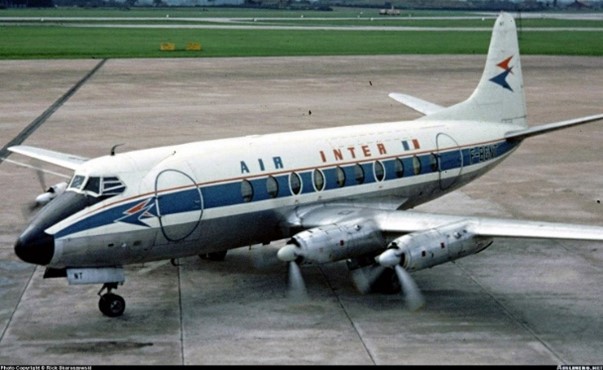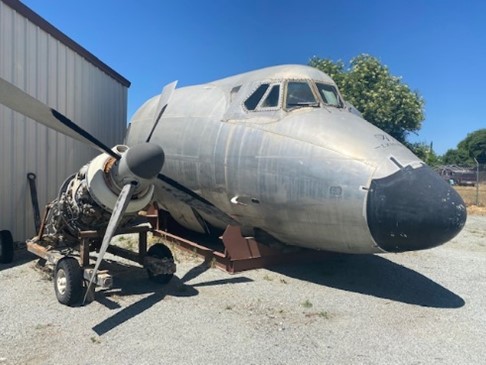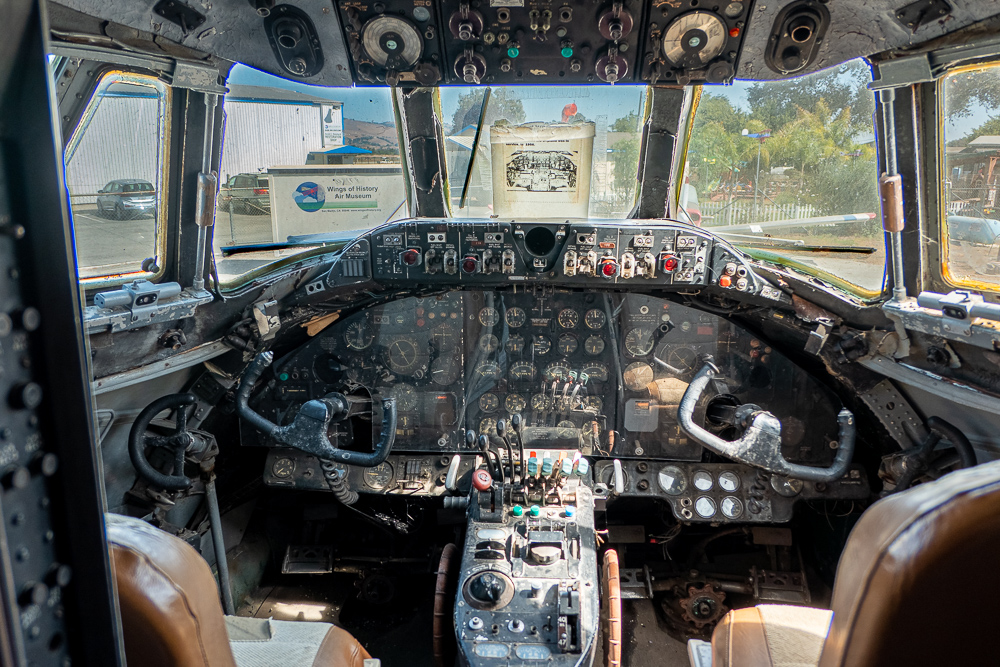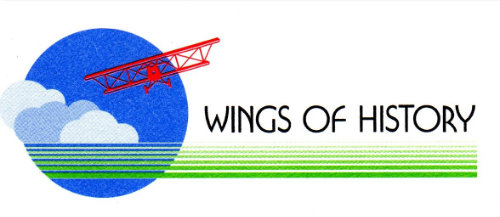by Mark Lindberg, May 2021
Successful “Commercial Aviation” begins with the revenues exceeding the expenses of operations, and then those profits determining a competitive return on invested capital.
A component of the equation that represents invested capital would include the aircraft. An early example would be the Wings of History American Eagle. While using the same 90 HP OX-5 engine of the Curtiss Jenny, The American Eagle added a second passenger seat, This doubled the revenue of the 1920’s – 1930’s barn stormers who were spreading the aviation experience over America.
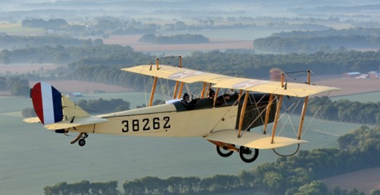
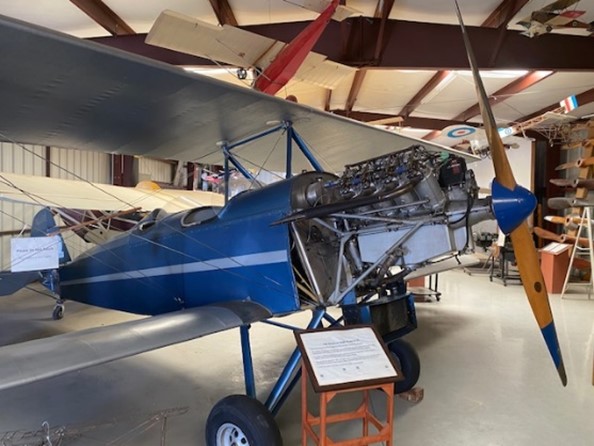
A version of that equation has repeated itself for many aircraft including the Ford Trimotor, DC-3, etc. with improving technology. These technologies increased passenger comfort, safety, and speed while reducing operating expenses…
There were huge advances in aviation technology during WWII that included the turbo jet engine. By the late 1940’s, it became apparent that the rotational design of the jet engine would become much more reliable than the traditional reciprocating technology of propeller piston engine engines.
The Turbo Prop was born using the combination of the proven propeller with the turbojet engine. Although the early turbo props had just a fraction of the power of the existing piston engines, the turbo props were much more reliable and fuel efficient. Airframes that might have been propelled by two 2000 HP piston engines could be propelled by four 1000 HP turbo prop engines. By the late 1940’s the HP from piston engines reached a point of diminishing returns with the P&W R-4360 static radial at about 4000 HP. (but with very high complexity, maintenance, and failures)
The British Vickers Viscount became the first successful commercial turboprop aircraft in 1953. That model 701 carrying about 50 passengers in a pressurized cabin at 20,000 feet could cruise at 300 mph using four Rolls Royce Dart engines of 1200 HP. By the late 1950’s, the 810 Viscount could carry 75 passengers with a service ceiling of 25,000 feet and 350 mph using four RR Dart turboprops of 2000 HP. Vickers ultimately produced 445 Viscounts.
The WOH Museum has an example of the changing turboprop technology with the nose cone of a 1956 Vickers Viscount in front of Hanger 1 that used four 1500 HP RR engines. Visitors can walk up and sit the cockpit.
